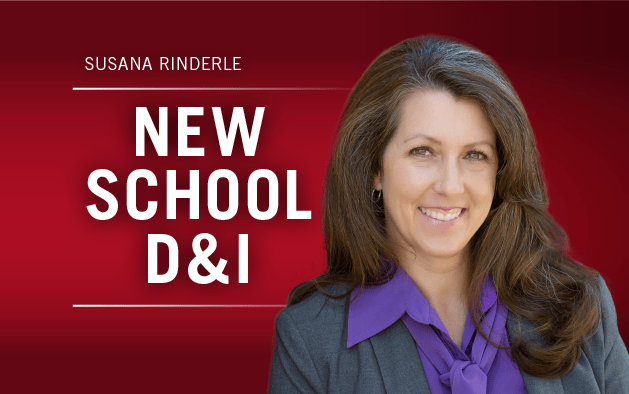 I’m on planes a lot for business. Recently, on a full Southwest flight, I ended up in the middle seat of an exit row next to a very large man who was seated by the window. He was cordial, but visibly uncomfortable. His long legs extended into the empty space in front of him where a seat would have been had he occupied any other row. He politely tried to retract his substantial arms enough to allow my petite frame to have some room on the arm rest. I thought about what it must be like for him to have to cram his generous body into a “regular” seat, among unfamiliar faces, smiling uncomfortably next to a tiny porthole of a window, for three hours. I wondered how he’d gotten this particular seat — one of only two on the plane he fit into. Did he pay extra for business select priority seating? Did he wait by his computer to check in exactly 24 hours before his flight to win a low boarding position? Did he just hope an exit row seat would be available, or rely on the generosity of an earlier stranger to willingly give one up?
I’m on planes a lot for business. Recently, on a full Southwest flight, I ended up in the middle seat of an exit row next to a very large man who was seated by the window. He was cordial, but visibly uncomfortable. His long legs extended into the empty space in front of him where a seat would have been had he occupied any other row. He politely tried to retract his substantial arms enough to allow my petite frame to have some room on the arm rest. I thought about what it must be like for him to have to cram his generous body into a “regular” seat, among unfamiliar faces, smiling uncomfortably next to a tiny porthole of a window, for three hours. I wondered how he’d gotten this particular seat — one of only two on the plane he fit into. Did he pay extra for business select priority seating? Did he wait by his computer to check in exactly 24 hours before his flight to win a low boarding position? Did he just hope an exit row seat would be available, or rely on the generosity of an earlier stranger to willingly give one up?
The airline’s well-intended, equal approach to seating was having an inequitable impact on its passengers. And such is the status quo in many well-intended organizations.
Equality does not equal equity. Equality is about being fair by treating everyone the same. It’s centered within the actor and focuses on their intent. Equity is about being fair by treating everyone differently, because people are different. We have different strengths, perspectives, qualities and needs — therefore treating everyone equally (the same) lands inequitably. Equity is centered within the recipient of the action and focuses on the actor’s impact. Equity requires more thought, creativity and collaboration, but equity is superior to equality when it comes to creating an inclusive environment where people can bring their full selves and do their best work.
Good intentions aren’t enough. A well-intended, equal approach can create inequities like suppression of creativity, diminishing of talent, unfair advantages and harmful conformity. Even well-intended organizations with a commitment to inclusiveness run rampant with “covering” — employees downplaying their differences in response to overt or subtle messages of “Don’t be 100 percent you, that will hurt you. Fit in to the dominant group.”
Even equal approaches aren’t always equal. The airline’s “first come, first served” approach still privileges those who know about it, who have a computer and Internet access, and who know how to work the system to their advantage. There are options to bypass the system altogether, such as paying extra money to purchase early boarding privileges.
There’s a common metaphor about organizational and team effectiveness that you have to have the right people in the right seats on the bus to move forward. But how do we determine what “right” means? How can we create an environment that celebrates the myriad ways people are unique and brilliant when all the seats are the same size (and move the same way, face the same direction, are served from front to back, etc.)? And where exactly is this bus going?
Creating a more inclusive environment requires clarity about what is needed to support brilliance and diversity, plus ongoing responsiveness to the diverse needs of individuals. It may be as involved as tearing out all the seats and starting over, reupholstering them in some colorful new fabrics and textures, or charting an entirely new destination. But it may be as simple as just noticing who’s lined up to board, and allowing the larger people to go first or saving them a seat that fits them better than anyone else.

